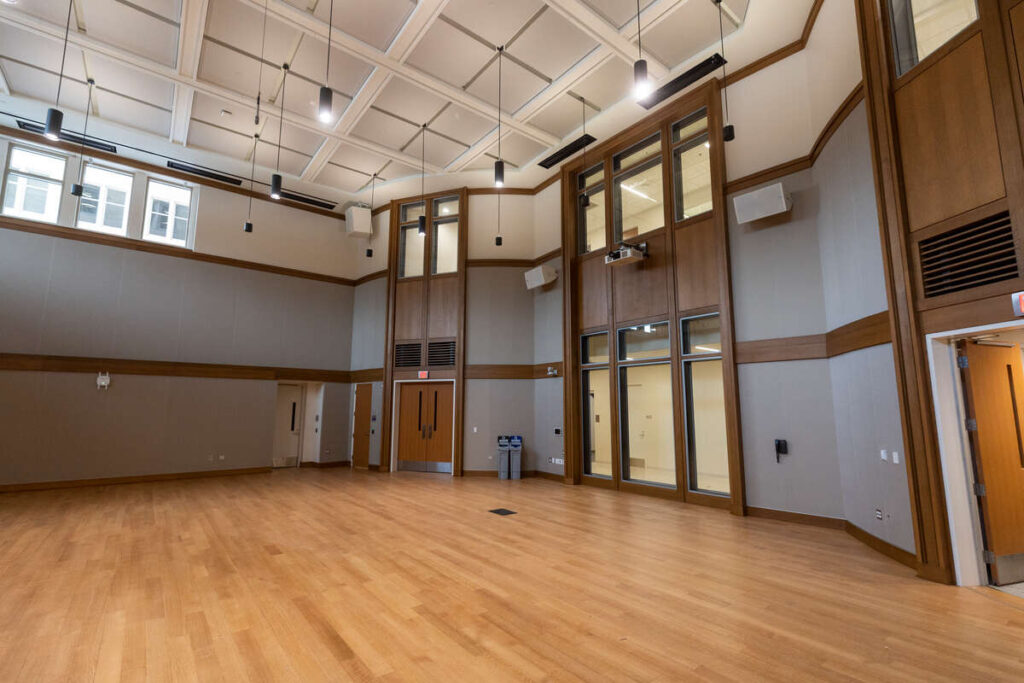As the university’s affirmative action officer for the past three years, I have participated in many discussions on what constitutes diversity, how retention of diverse populations can be improved and what other universities are doing about life/work balance issues, among other issues. I have learned much, and things have changed a lot since I began my career in academe.
One change is whom we count as diverse. In the old days, diversity in the classroom meant racial or ethnic identity and maybe gender diversity, but that was about it.
Now, thankfully, diversity includes, among other things:
- Soldiers returning from war
- Students with young children
- GLBT students
- Students with learning disabilities – both visible and invisible
- Non-Christian students
- Non-traditional age students
- Students with physical disabilities.
One thing that I’ve learned about St. Thomas and diversity is that many of our policies and practices stack up pretty well against our comparison schools. Let me give an example with respect to students and employees with children: Last year, the Affirmative Action Committee participated in a webinar on family-friendly policies, and it quickly became clear that we were far ahead of the other participants. Even the lead presenters talked about implementing policies that we have had for years.
Our main fault seems to be in communicating their availability effectively. Visit www.stthomas.edu/hr/worklife/default.html, the Human Resources new web link on work/life balance, for a complete list.
Terminology also changes, sometimes to better reflect reality. For example, we are beginning to talk more about inclusion and less about diversity. That seems like a real positive to me. As individuals, we are all obviously different in one way or other. The important thing is to feel valued and included, not alone. It’s not necessary for people to agree on everything to find points of commonality and support.
My own experience as someone “underrepresented in my field” has been pretty positive. When I was an undergraduate economics major, I was sometimes the only woman in my class. Somehow, I didn’t mind that – I started graduate study when women comprised less than five percent of new PhDs in econ. There was an upside to that, too. When I went to professional conferences, there was never a wait for the women’s room. During my first fulltime job, I was the only woman in the department, but my colleagues were very supportive, even to the extent of choosing a winter parka for me just like theirs. Then when I came to St. Thomas, Mary Supel was in my department, a blessing of another woman if ever there were one. I’ve never really felt like an outsider in my professional life.
But I also have learned that that my experience may not be typical. For one thing, the earnings of women in economics are roughly comparable to salaries of male economists (96 percent). But I also know that overall, women generally earn 75 percent of what men earn. These statistics of quantifiable inequities suggest there may also be more invisible factors that result in unequal treatment of all persons. A feeling of equity and actual equity are important for a healthy climate.
Probably more important, though, is that I always have been blessed with good colleagues – men and women, economists and non-economists, faculty, staff, students and administrators. That’s what I wish for all of us for an inclusive environment, and I am encouraged that many members of our community work diligently to make it true.






